How To Prepare Your Company For A Hurricane
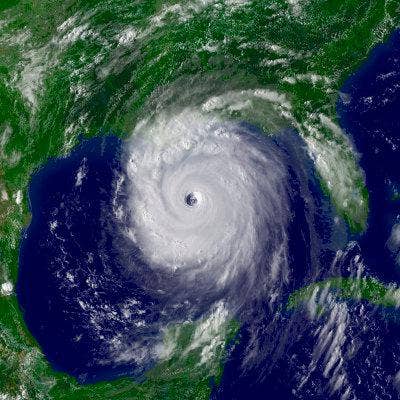
Are You Ready?
It's hurricane season and with the possibility of a storm hitting many areas in the United States, CRN asked Mike Semel, a business continuity expert and consultant to both VARs and end users, to compile a checklist of things to do before, during and after a storm to make sure your business can survive. Here's the checklist

Map The Storm
Probably the best way to prepare for a storm is to know where it is, when it's coming and how bad it is. Tracking the storm's progress allows you to make appropriate decisions for your business, customers and family, Semel said.

Back Up Data
For many VARs, this is an automated process with customers now, but it doesn't hurt to double-check to ensure data from all servers and PCs is backed up, preferably offsite, Semel said. "If the backup site is within the area that may be affected by the storm, take backup tapes with you in the evacuation," Semel said.
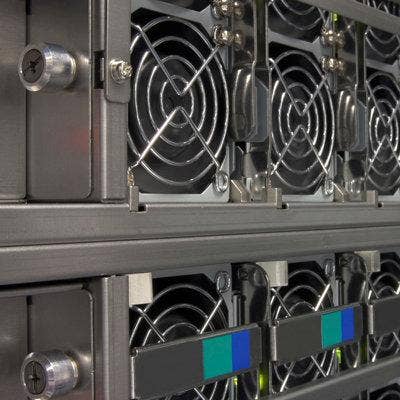
Power Down
All businesses should have an established, easy-to-follow plan to shut down operations that depend on outside power sources, Semel said.
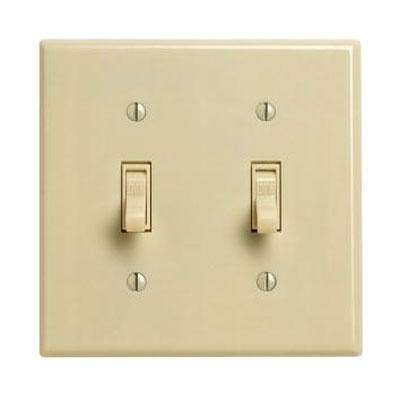
Turn Off Non-Critical Machines
Customers should turn off all non-critical devices such as server monitors, workstations and other non-essential electrical equipment to avoid potential damage due to electricity spikes or outages.
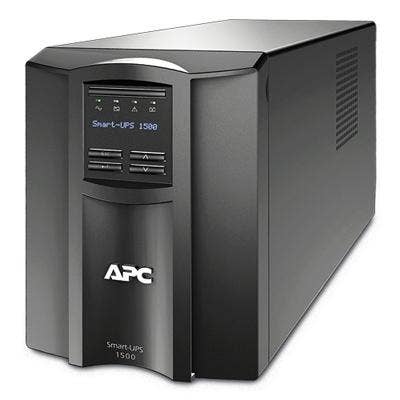
UPS working
Check the integrity of the uninterruptable power supply (UPS) and move the UPS to the highest possible level above the floor if possible, Semel advises.
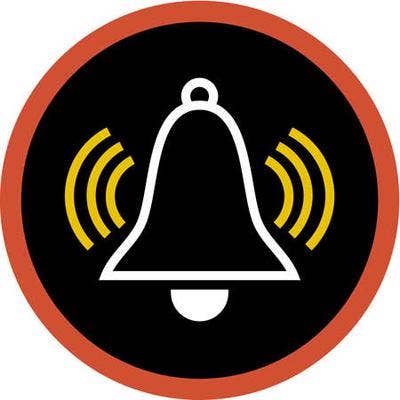
Emergency Repairs
Inspect all drains, gutters and flashing before the storm to ensure that they will be able to handle large amounts of water in order to avoid further physical damage that could impact IT operations.

Get On The Roof
Inspect the roof and strap or anchor all roof-mounted equipment to the roof deck support assembly or joists. Loose equipment such as HVAC units and exhaust vents could cause extensive damage.
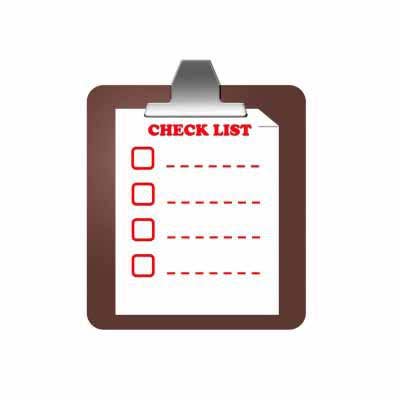
Check The Comms
Ensure that all necessary backup equipment, including emergency generators and communication devices, are working properly.
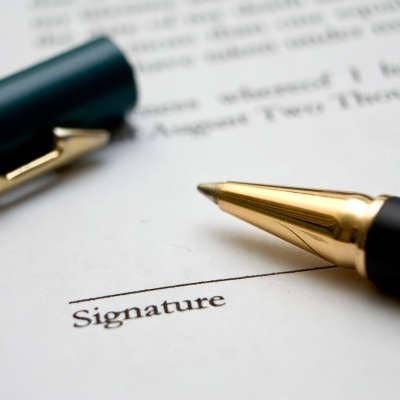
Document Management
Protect or relocate any vital records in hardcopy form that aren't or won't be available in a digital format. Such items could include business contracts, insurance policies or other valuable documents.

Protect The Windows
Install plywood or windstorm shutters over windows and doors to avoid extensive damage if the glass breaks due to the storm.

Make It Tidy
Remove all loose debris and anchor or relocate all non-essential equipment to a safe indoor location. In addition, make certain any flammable liquid containers are securely stored or that they are moved to a sheltered area away from the main facility.

Fire Protection
Inspect all fire protection equipment such as extinguishers or sprinkler control valves to ensure they will work properly in the event of an emergency situation.

Assist Volunteers
Ensure that any employees who volunteered to stay on site have proper supplies and equipment including drinkable water, nonperishable food, medical supplies, flashlights and walkie-talkies.

Cash On Hand
Keep enough cash with you for post-storm needs, such as buying food or supplies or paying employees or contractors in the event money can't be obtained electronically.

Clean Water
Repair and fill above-ground tanks with water to ensure that clean water will be available after the storm.
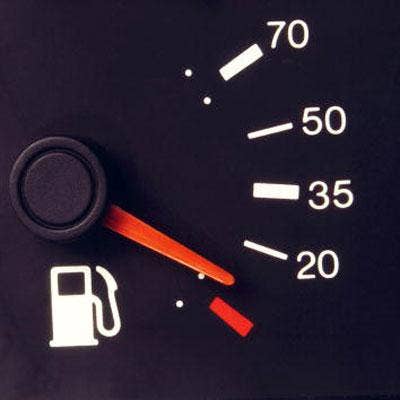
Gas Up
Fill the fuel tanks of generators, fire pumps and all company-owned vehicles because availability of those resources could be scarce after a storm.

Drains And Basins
Drains and catch basins should be kept clean and free from debris to avoid potential flooding.

Tarp Time
For any computers or other machinery and equipment that cannot be relocated, cover them with tarpaulins and waterproof covers.

Get Off The Floor
Remove as many goods and items from the floor as possible to avoid damage by potential flooding.
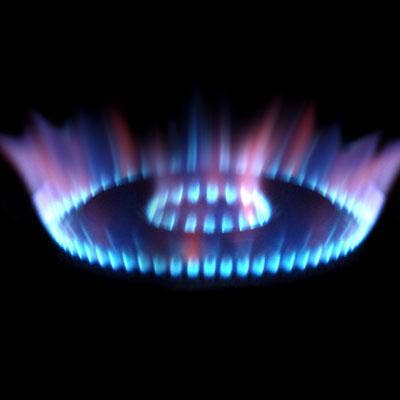
Shut Off Natural Gas
If your facility has natural gas, shut off the main valve to minimize a potential fire hazard because of a gas leak.

Chemical Dangers
Isolate, neutralize or remove from the site any chemicals that can react violently with each other.
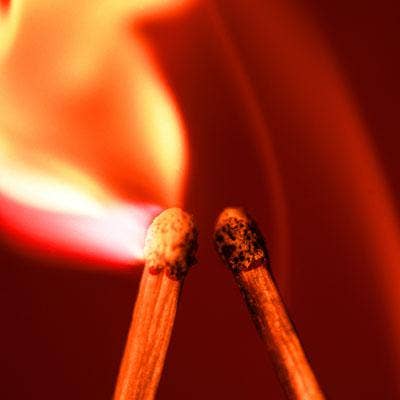
Eliminate Other Fire Hazards
Ensure that any other possible flames sources have been secured, protected or shut off.
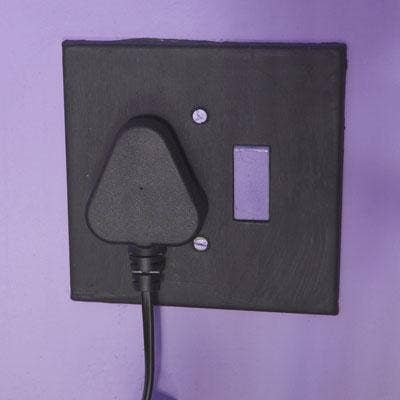
Disconnect Electricity
If possible, disconnect any main electrical feeds to your facility to prevent a potential fire caused by short-circuiting or damaged equipment.

Patrol The Property
If possible, patrol the property continuously and watch for roof leaks, pipe breakage, fire or structural damage. During the height of a windstorm, personnel should remain in a place that has been identified as safe from wind and flood, Semel said.

Monitor Equipment
During the storm, monitor any equipment that must remain online through the event.
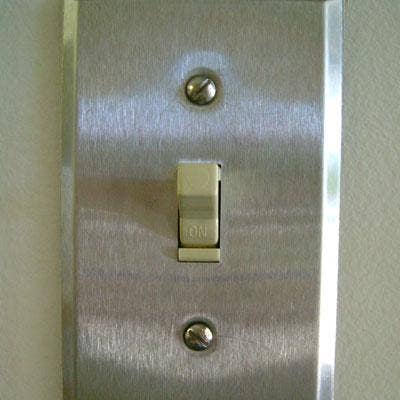
Turn Off Electrical Switches
If a power failure occurs, turn off all electrical switches to prevent reactivation before necessary checks are completed.
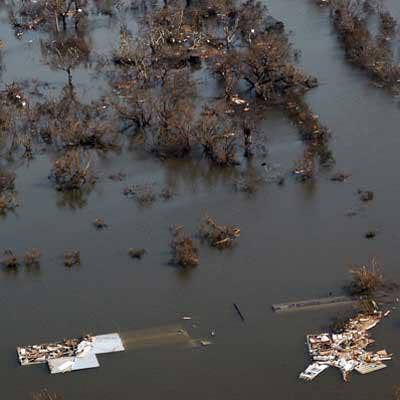
After The Storm
Once the storm has subsided, secure the site and survey for damage and safety hazards such as live wires, leaking gas or flammable liquids and damage to foundations or underground piping.

Call For Help
After the storm, call in key personnel and notify contractors to start repairs. Make sure safety systems are fully implemented before work is allowed to begin. This means controlling smoking and other open-flame sources, according to Semel. Require contractors to share responsibility for establishing fire-safe conditions before and during the job.

Clean Up And Salvage
Finally, begin cleaning up the area and salvaging any equipment or other items if possible. Cover broken windows and torn roof coverings immediately and separate damaged goods. Beware of accumulating too much combustible debris inside a building, Semel said.